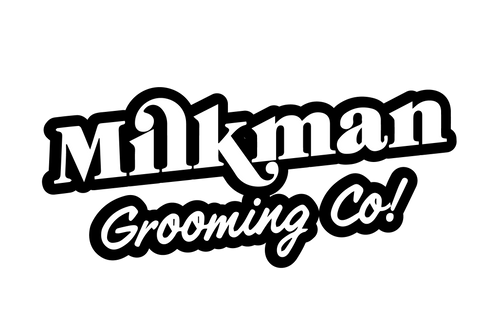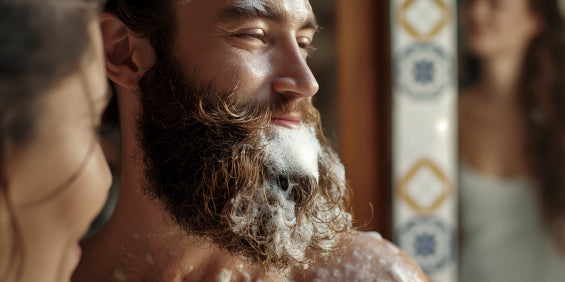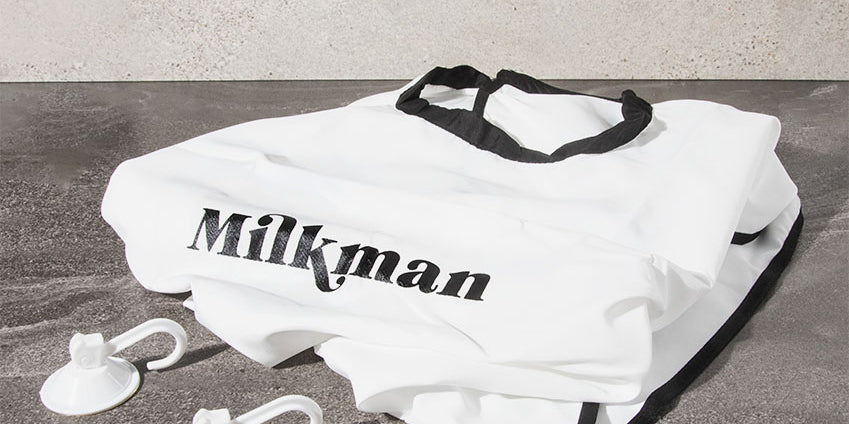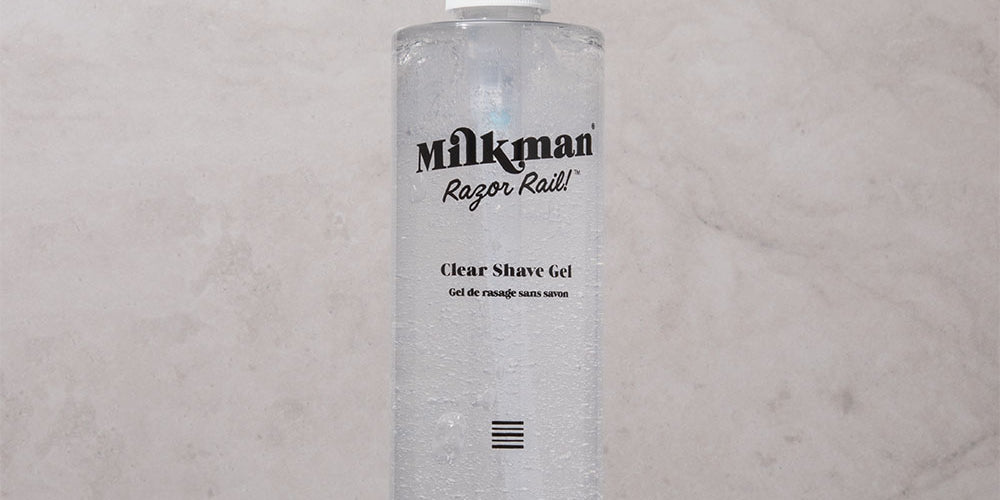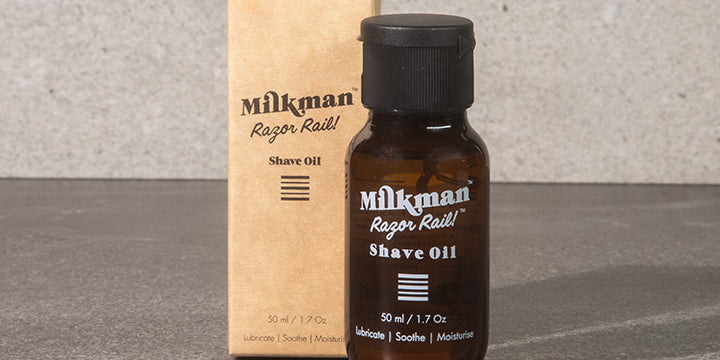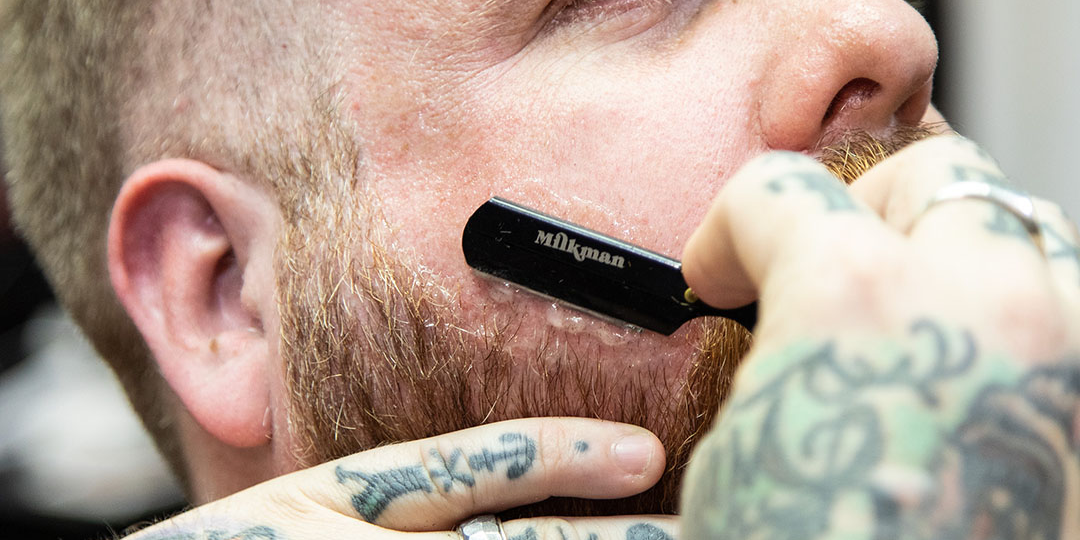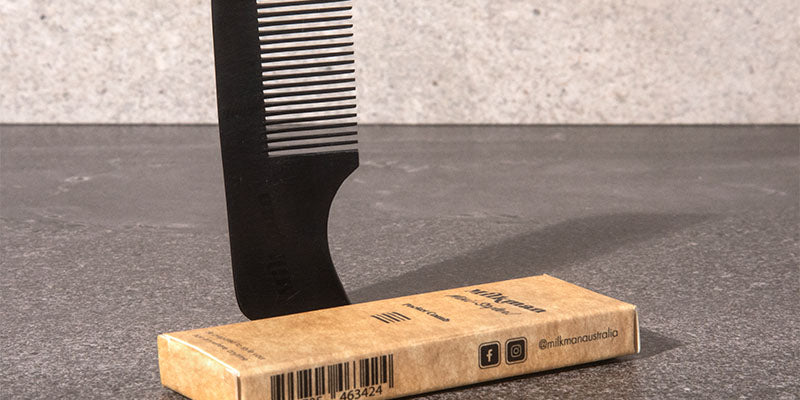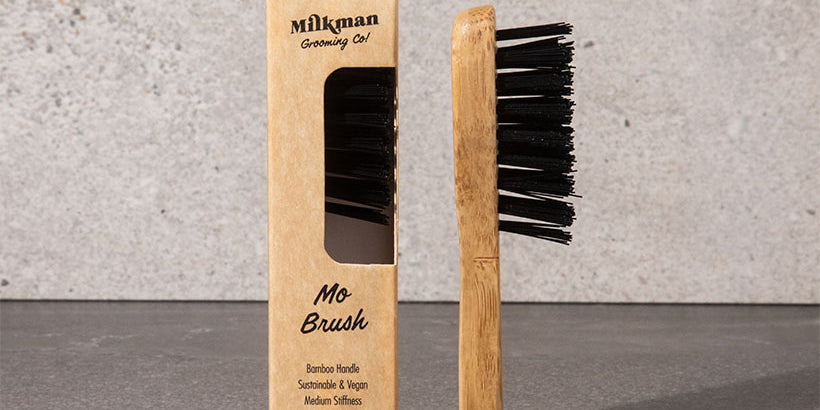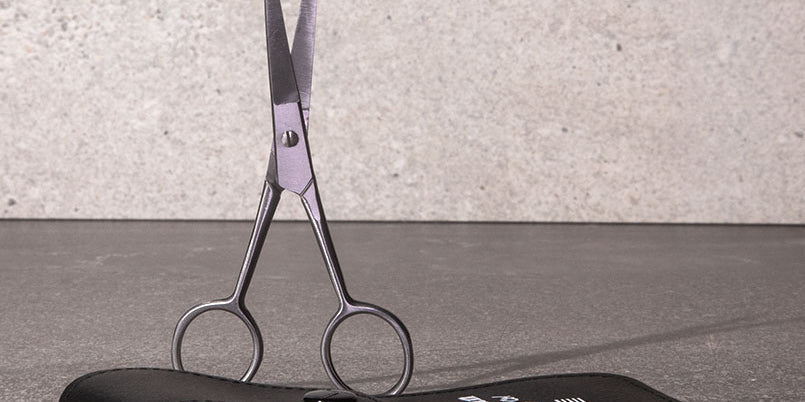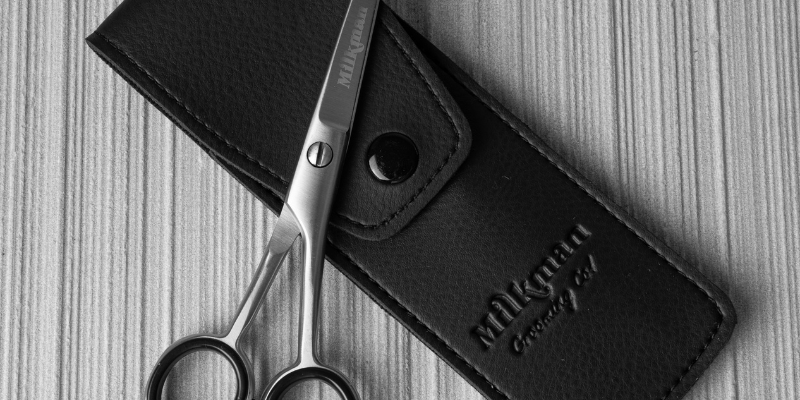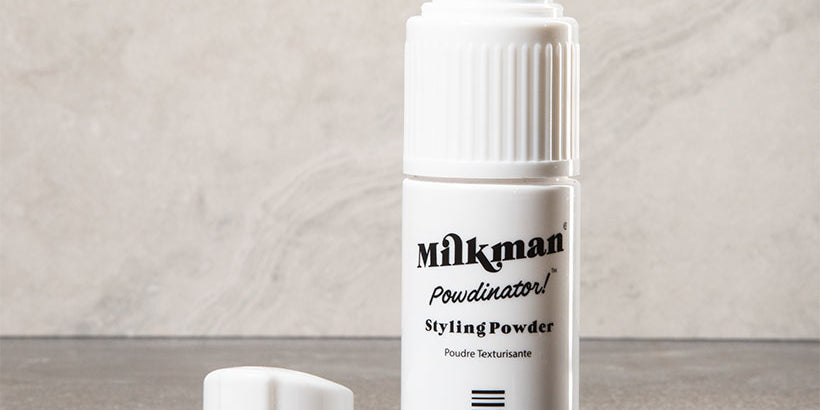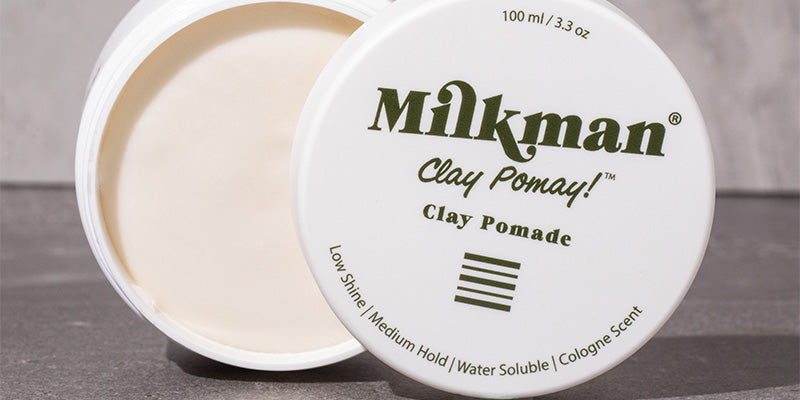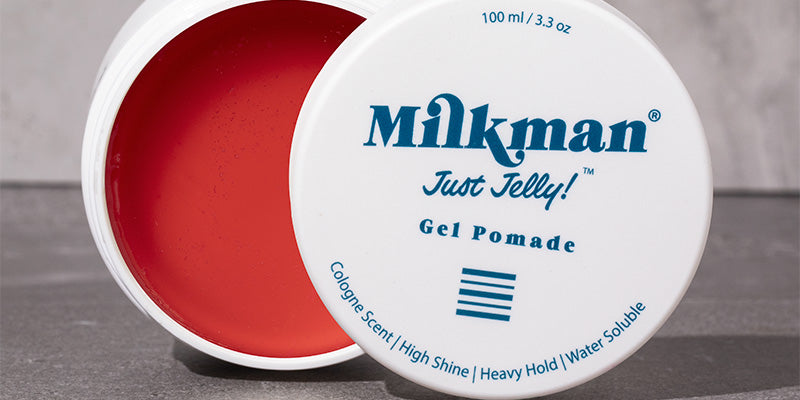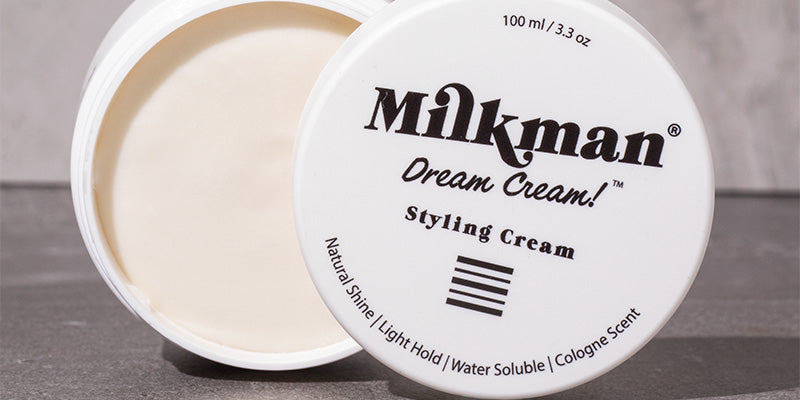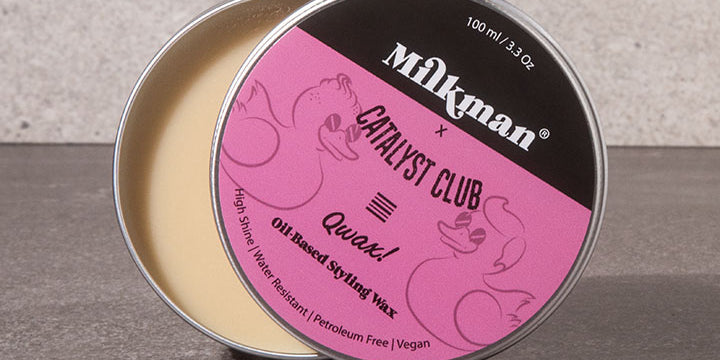Editor's note: This article was published in the November 2019 edition of Barber Shop Magazine. Although aimed at barbers, it may be useful information for anyone struggling with Pseudofolliculitis barbae or just generally annoying in-grown hairs after shaving.
Did you know that some folks have a hell of a time with in-grown hairs? For them, it’s not an occasional thing, it can be quite severe, with a condition called “pseudofolliculitis barbae” (PFB). PFB is characterised by the long-term presence of inflamed lumps (sometimes called shaving bumps), skin pigment blemishes & scars from previously inflamed areas. Generally, it is seen in the beard area, although it can occur in other areas that are regularly shaved.
Causes of PFB
The causes of PFB can be varied but generally shaving or plucking the hair can trigger it as the newly cut hair shafts turn inward & penetrate the surrounding skin (see Figure 1). Because shaving technique can have such a big impact on people with PFB, it’s something barbers should be particularly mindful of.
If you have a customer with PFB issues it’s important to know what to do. In some cases you may be able to identify pre-existing bumps and take precautions as needed. You might also take extra care with customers that have curly, thick hair. Although the condition is estimated to affect only around 3% of Caucasians who regularly shave, it appears far more common in some African & Asian populations (somewhere in the range of 40-80% of regular shavers).
Tips for preventing pseudofolliculitis barbae
Avoid Dry Shaving

What steps do you take when shaving customers with PFB? Obviously, shaving against the grain or using blunt razors can increase the risk of in-grown hairs and should be avoided. What might be less known in the industry is that dry shaving (by not pre-moisturising & lubricating) also tends to produce sharp tips on the hair which makes them more capable of penetrating nearby skin.
If you prefer dry shaving for line ups around the beard, take note of your customer’s skin & hair type and consider including a good pre-shave technique (such as a warm wet towel & shave lubricant) for susceptible individuals.
Avoid over stretching
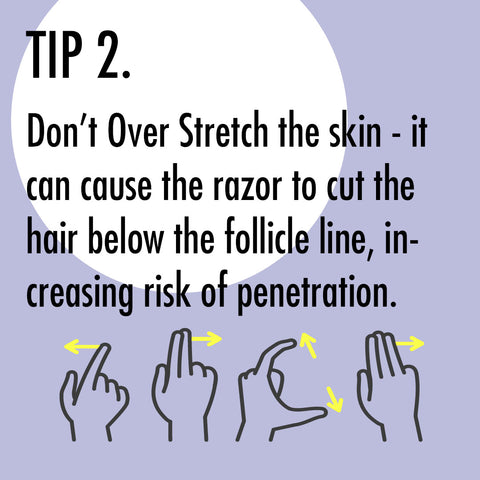
The degree to which the skin is stretched ahead of the razor should also be considered. Naturally some stretch is needed to keep the blade gliding over the skin. However, be careful not to overstretch the skin as this may reveal too much of the hair beneath the follicle. As the hair is cut it may retract back into the follicle, giving a smooth shave but encouraging penetration of the hair tip into the skin as it grows back out again.
Use electric shavers or single blade razors (not multi-blades)
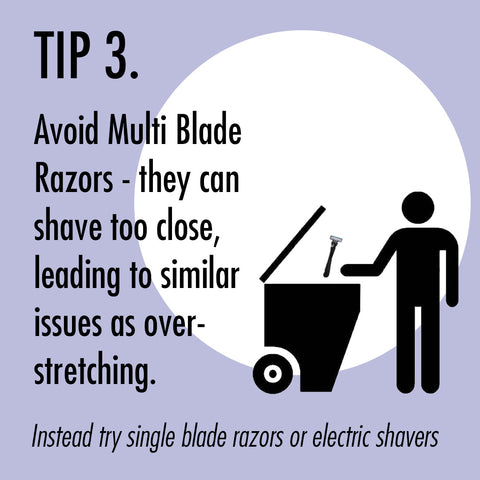
The customer might also need educating on the shaving techniques that can trigger PFB so they can manage their condition in between visits. Generally they might want to avoid shaving with multi blade cartridge razors. With this method of shaving, the lead blade pulls the hair while the following blades cut the hair. The result can be similar to overstretching, whereby the hair retracts below the surface & may be more likely to penetrate surrounding skin as it grows out.
Shave frequently or not at all

The length of time between shaves is also important. If the customer prefers to use razors then frequent shaving is recommended, before the hair has a chance to grow to a length that leads to penetration. If they don’t need to (or want to) shave, then growing a beard could reduce their PFB risk.
Other articles that might interest you:
-
How to Style the "Stubble & Stache" Barber Beard Trim & Shave Series Ep 10
- The Ultimate Guide to Finding the Perfect Barber

